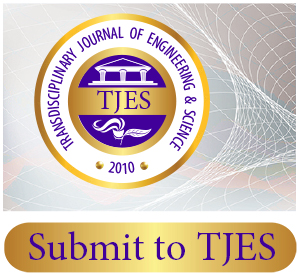A Hyperspectral Signature Method for Identifying E. coli: Impact on Public Health
Abstract
Using a non-Shiga toxin producing Escherichia coli such as the lab K12 strain we will demonstrate a method to develop signatures suitable for hyperspectral data searches. Conven- tional laboratory methods remain the mainstay to isolate and identify suspected sessile and platonic bio-material, however the FDA Food Safety Mod- ernization Act (FSMA), Jan 04, 2011, is requiring additional proactive identification and monitoring. These proposed methods could allow higher screening coverage without additional laboratory time. These standard test are laborious and can take days to complete. Optical, noninvasive techniques such as hyperspectral remote sensing technology has been adapted for microscopic sensing. Many applications have pursued this avenue with varying degrees of success. As the cost of hyperspectral detectors falls, the promise of an optical detection solution is within reach. The goal of this research is to develop a detection method based on hundreds of cells still in their platonic stage before the damaging effects of their more colonized form develops. Once colonized, removal is much more difficult as environmental coping mechanisms are fully developed. The objective is to determine a HSI signature that has a low false alarm rate (Fa)from unstained (low contrast) and stained ( high contrast) samples.


